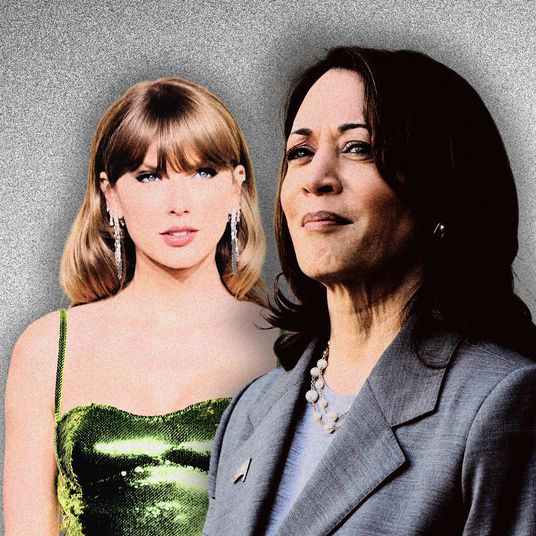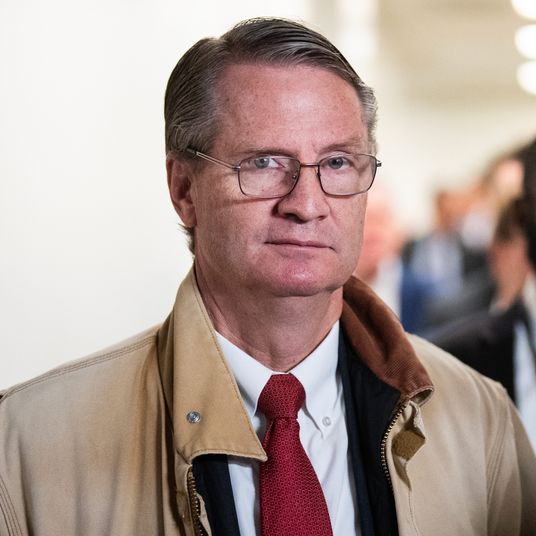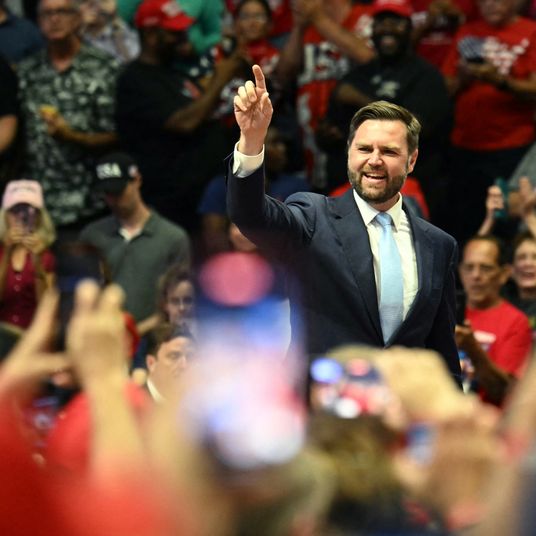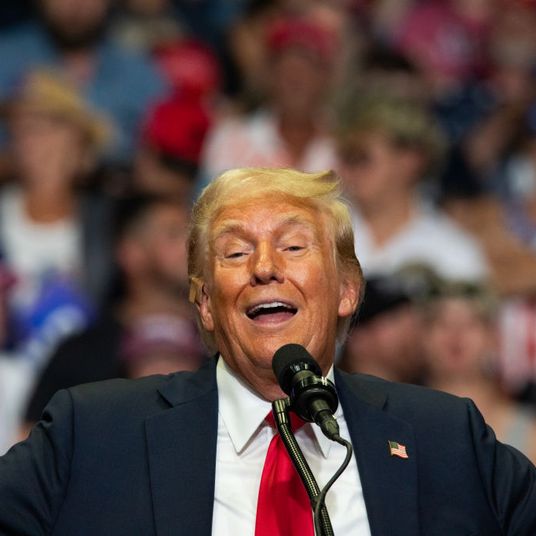
The long-running open secret among New York politicos is that there is no serious, functioning statewide Democratic organization. This was as much true under Andrew Cuomo as it is under the newly elected governor, Kathy Hochul. In fact, there have been few times in modern history when the state party mattered at all as an organizing vehicle, a place to recruit candidates, or a tool to turn out the vote.
Suddenly, all of this is relevant because the Democratic failure in New York is probably going to cost the party its majority in the House. And so after operating below the radar for years — his name was known only to political obsessives — Jay Jacobs, the state party chairman, is now the target of ire from both progressive and moderate Democrats. Several prominent politicians, including City Comptroller Brad Lander and Liz Krueger, one of the highest-ranking state senators, have called for his ouster. All ideological factions crave competence, and Jacobs has not delivered on even this most basic front.
Hochul said last week she is sticking with Jacobs, who was a holdover from the Cuomo years and maintained a close relationship with the disgraced former governor. Political observers in the state don’t expect Jacobs to last deep into 2023 — the holiday season, or shortly after, might be the preferred time to dump him — but the beleaguered party chair is as much a symptom of the New York Democratic debacle as he is its cause. It’s easy enough to understand the anger at Jacobs: He simultaneously chairs the Nassau County Democratic Party, which oversaw enormous losses for the House, state senate, and county level. All the Democratic gains of the Trump era have been erased, and the suburb, just to the east of Queens, is now deep red. Republicans haven’t been this dominant on Long Island in decades.
Other states have strong, centralized Democratic Party organizations that work with local clubs and county committees to turn out the vote. Party organizing can’t overcome every national current and midterm effect, but it can help to blunt the very worst outcomes. In states like Nevada, New Hampshire, and Michigan, state Democratic organizations oversaw aggressive door-knocking, mail, and digital efforts to sway voters, coordinating constantly with vulnerable candidates and their campaigns. In Nevada, the late Harry Reid’s machine lives on. In New Hampshire, Ray Buckley, the well-regarded New Hampshire Democratic chair, has held his post for 15 years, offering a degree of stability and leadership unknown in New York.
To best understand Jacobs, it’s easiest to explain what the party does not do. He himself is not a full-time employee of the New York Democratic Party. He earns his living owning and operating summer camps. The State Senate and Assembly chambers each have their own well-funded campaign arms, but they do not receive meaningful assistance or coordination from the state party. Cuomo, who was governor for more than a decade, held an iron grip on the party, which served as something of a second campaign fund for his own efforts. Mailers and TV ads from the state party’s campaign coffers were for Cuomo and no one else. This did change, to some extent, under Hochul — state party mailers arrived for a number of endangered legislative candidates — but an overall strategy was absent. Democratic congressional candidates on Long Island and elsewhere were often on their own. The state party does little to recruit candidates or raise money for them.
Organizing infrastructure is virtually absent. In 2020, Biden delegates were frustrated to find that Jacobs’s state party, which was supposed to oversee petitioning efforts to get him on the ballot in New York, offered little assistance, leaving the job to individual politicians and operatives. Jacobs has spent much of his time as party chair — he’s held the job in two different instances now — blaming Democratic losses on outspoken progressives. He once compared India Walton, the Black democratic socialist who won the primary for mayor of Buffalo, to David Duke. Even Establishment-aligned operatives have grown tired of Jacobs’s act. In part this is simply because the state party offers very little in the way of organization or assistance, and there’s a growing consensus in Democratic circles that Hochul must move on from Jacobs. The left-wing Working Families Party has stood out because it did undertake a visible get-out-the-vote push to boost its own party and get Hochul re-elected. The contrast between the WFP and Jacobs’s moribund apparatus was telling.
Beyond Jacobs, Democratic machines have atrophied on the county level, particularly in New York City. The Brooklyn Democratic Party, riven by infighting, could barely mobilize as Republicans swept a large stretch of southern Brooklyn. The Queens Democratic Party is hardly more active or better suited to repel Republicans. Individual political clubs in both boroughs are lively enough, but the most well attended and effective are usually alienated from the party bosses. The era of the county leader in the smoke-filled back room who could summon hundreds of volunteers on Election Day is long gone.
And that’s the challenge when Jacobs eventually moves on — the next Democratic Party boss must attempt to meet and excite actual human beings. There are no state-run political clubs of note, no party organizations that try to keep volunteers engaged year-round. It might help, at minimum, to have a party chair who is not devoted to a lucrative business that occupies much of his time. Hochul can be the governor who builds a full-fledged Democratic Party. It will start with jettisoning Jacobs and finding a person committed to the actual project of party building. If it can be done in New Hampshire or Nevada, it can certainly be done in New York.





























